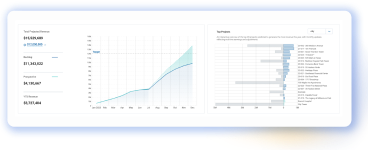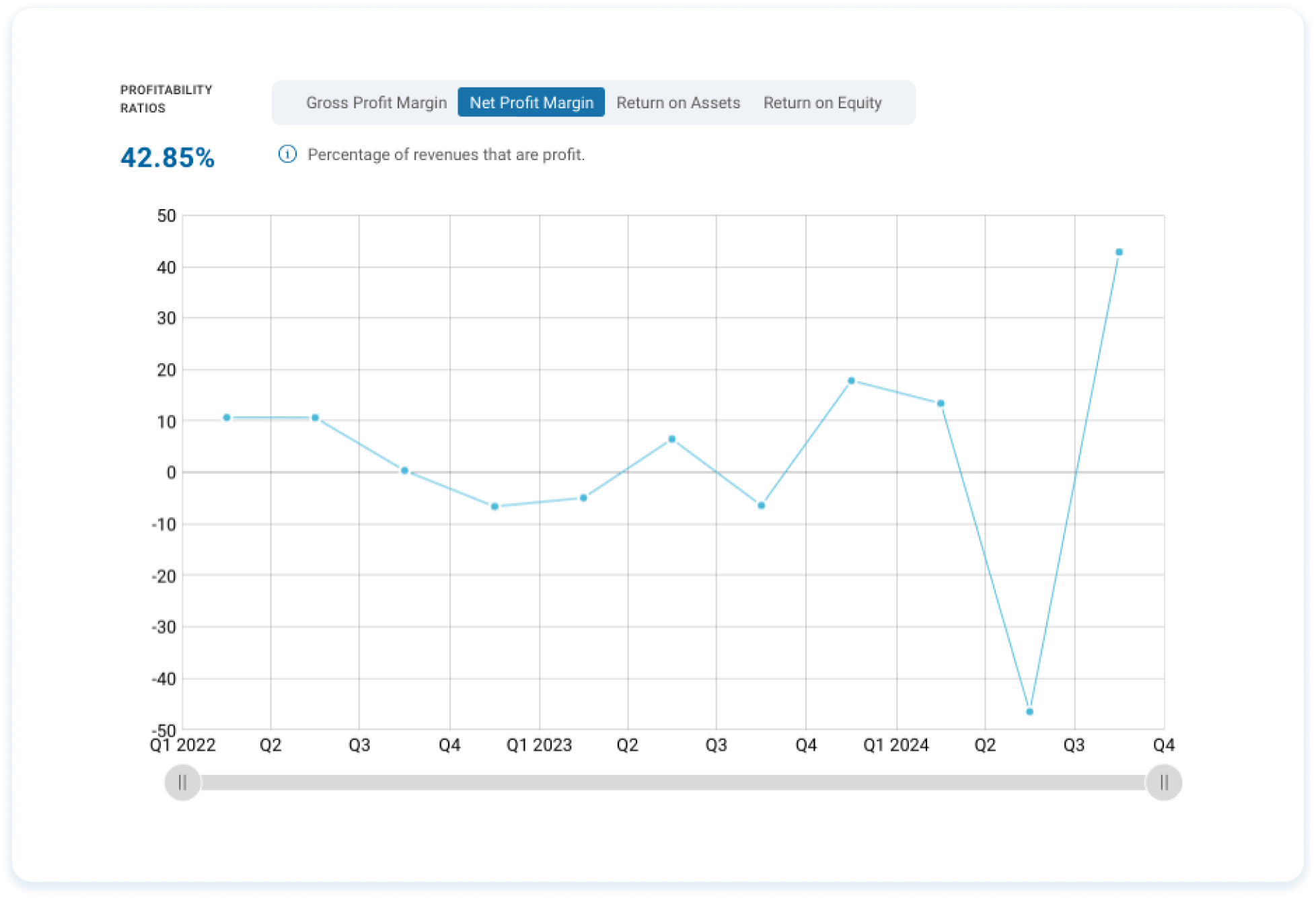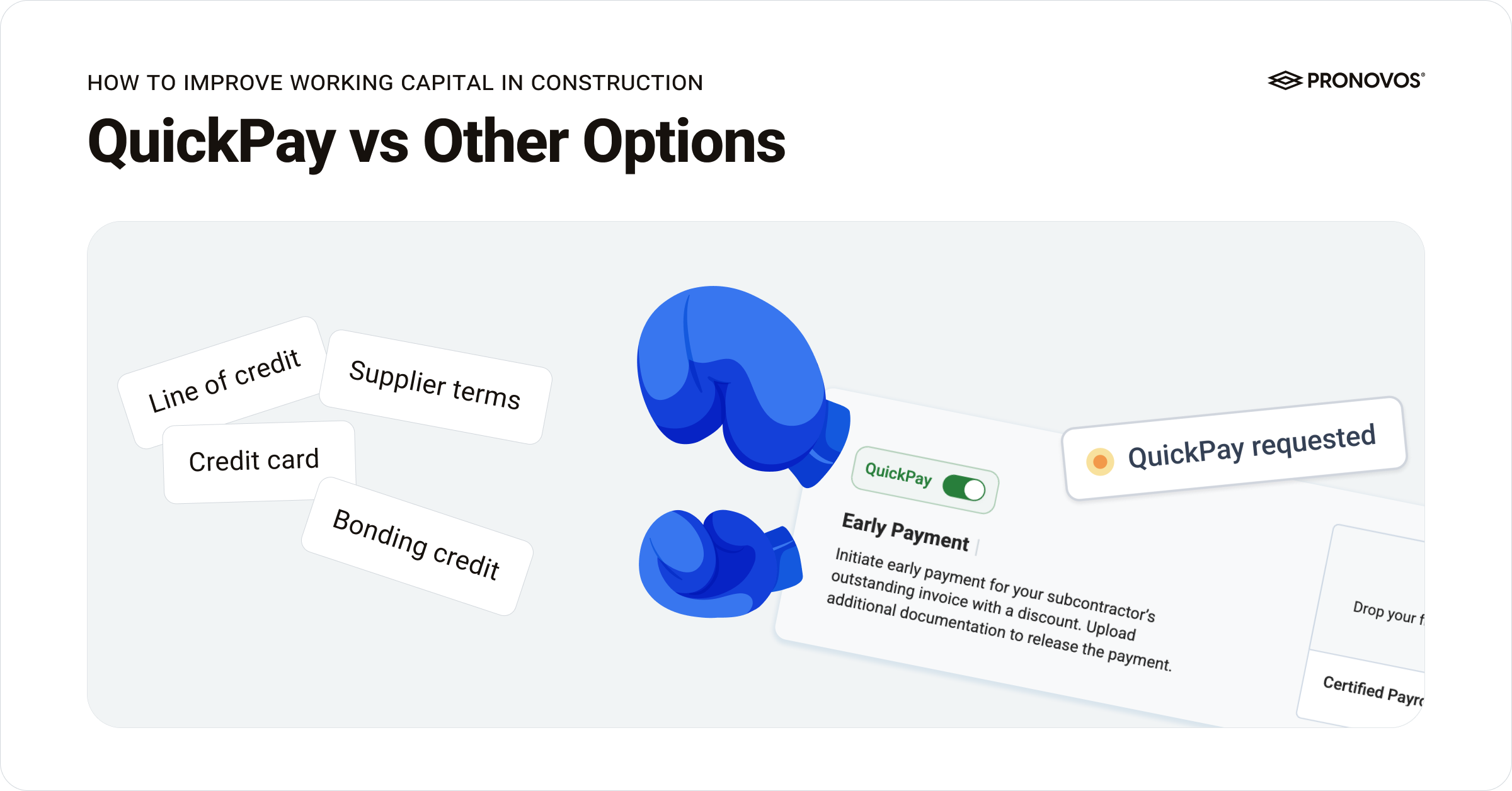The income statement is a crucial financial document that offers a detailed snapshot of a company’s profitability over a specific period. Despite its apparent simplicity, it tells a compelling financial story, unveiling past performance and shedding light on future potential. As one of the key financial statements—alongside the cash flow statement, balance sheet, and work-in-progress report—the income statement plays a vital role in financial analysis. For business owners, investors, and financial analysts, it is a fundamental tool for making informed decisions and strategic adjustments. In this article, we embark on a journey to unravel the significance of the income statement, equipping you with the skills to interpret and leverage its narrative for informed decision-making.
Income – Expenses = Net Profit (or Loss)





